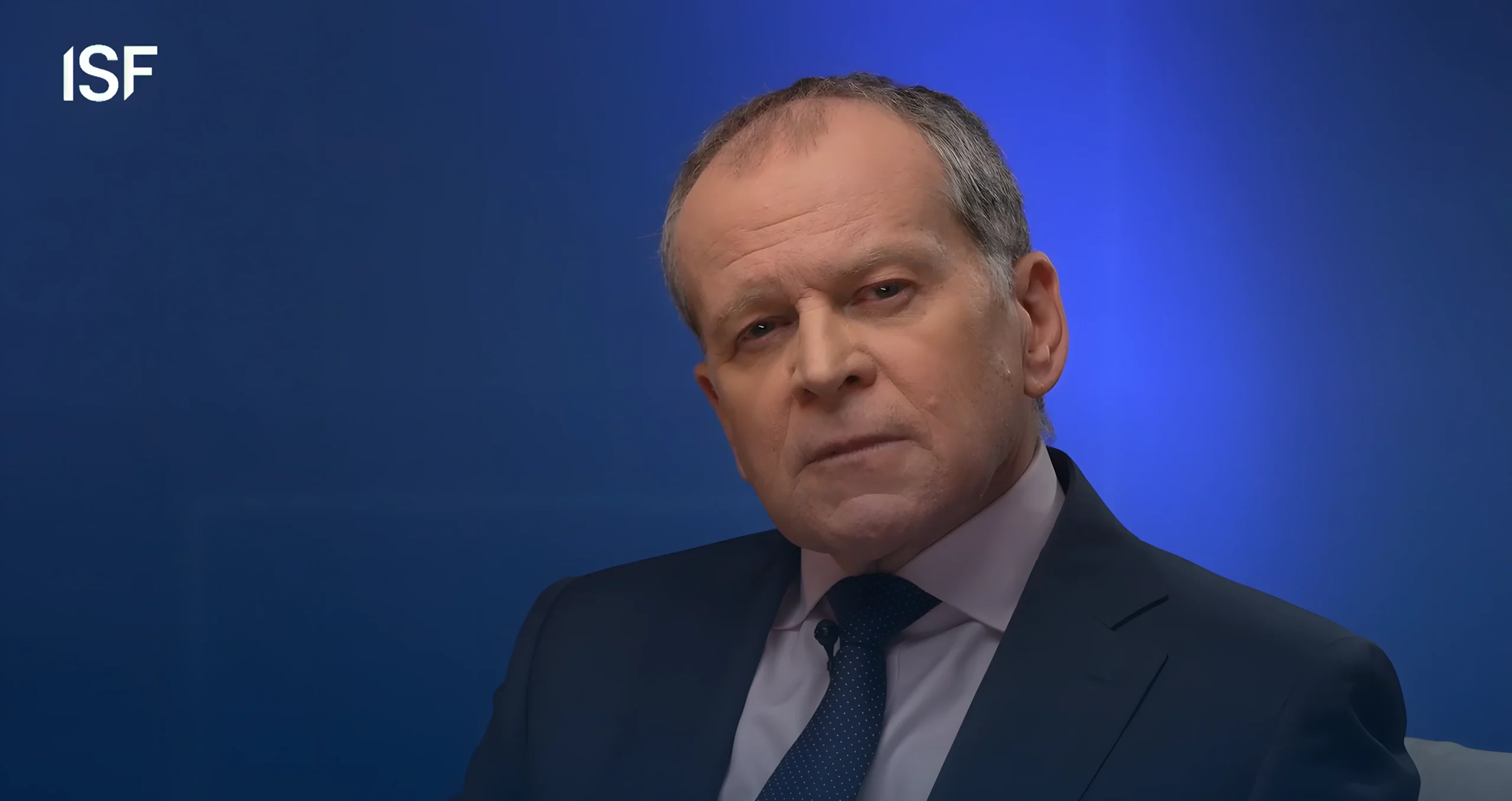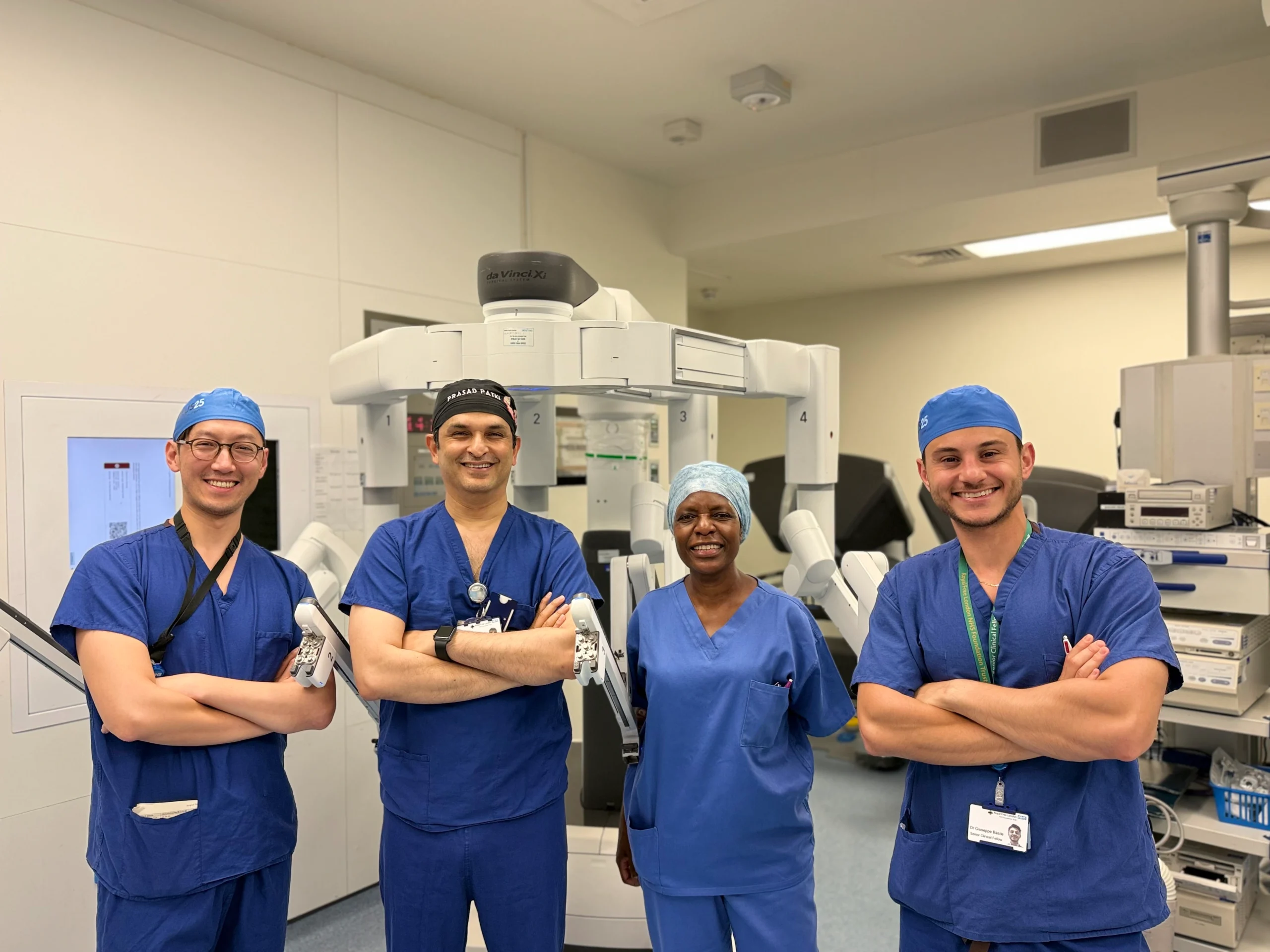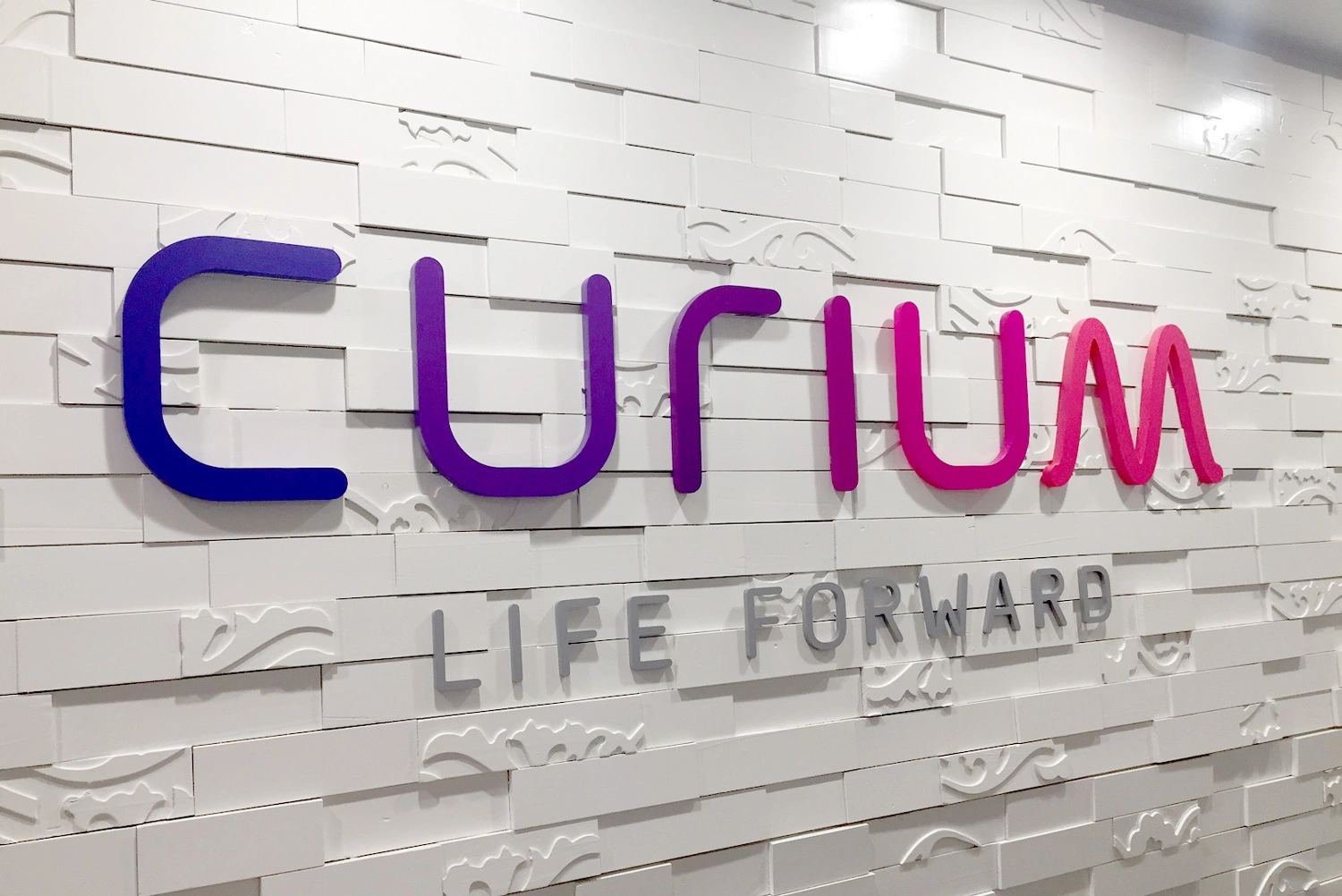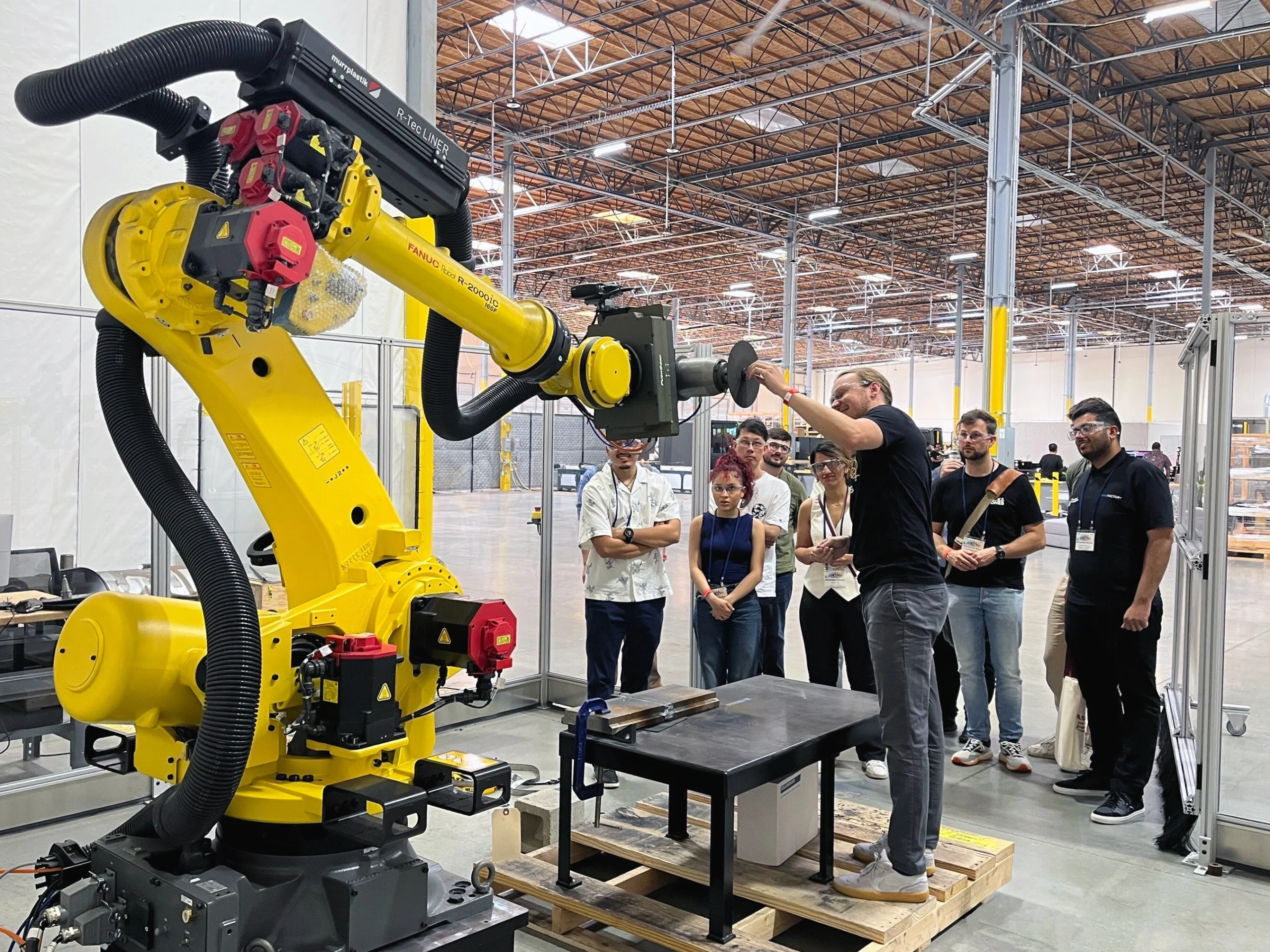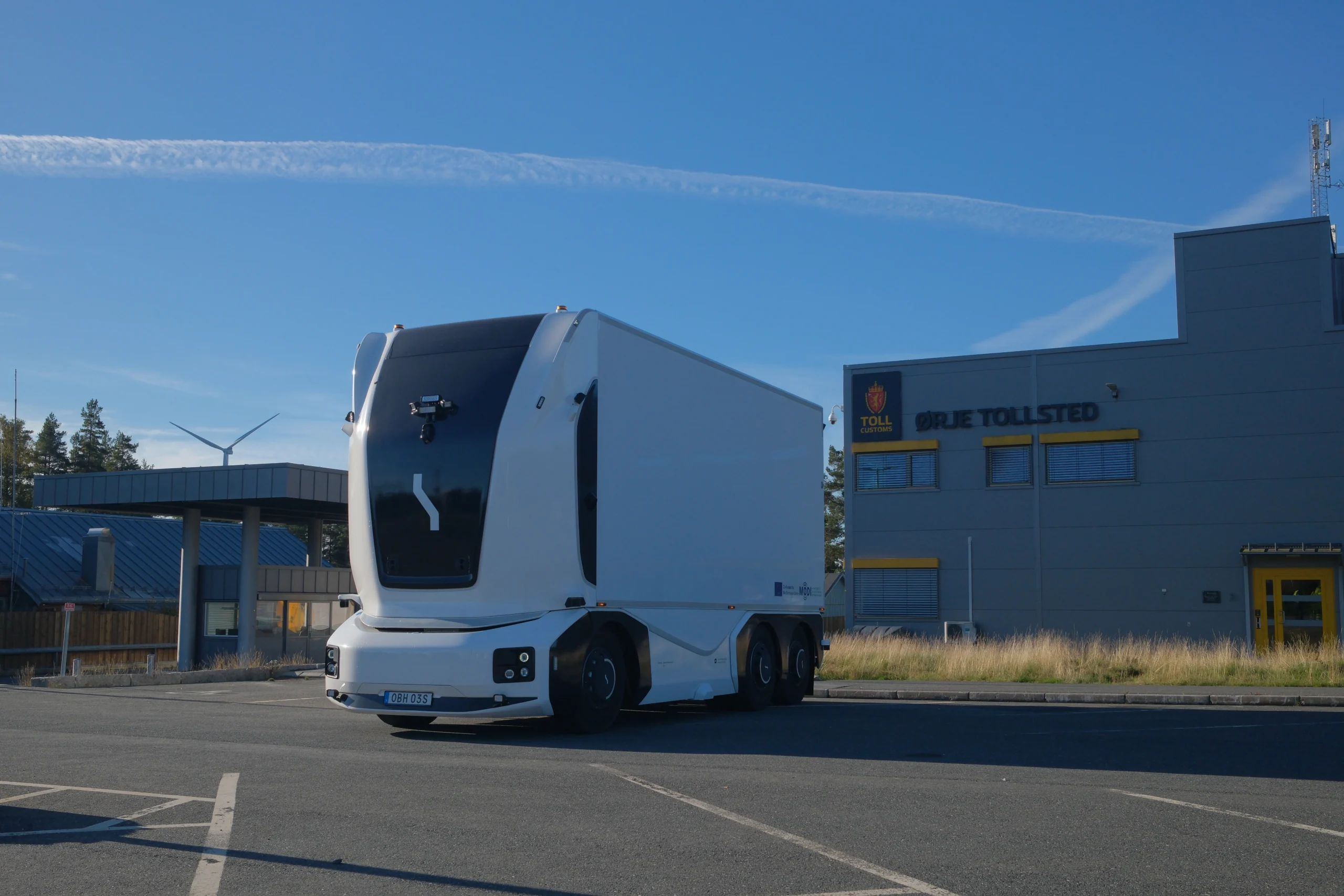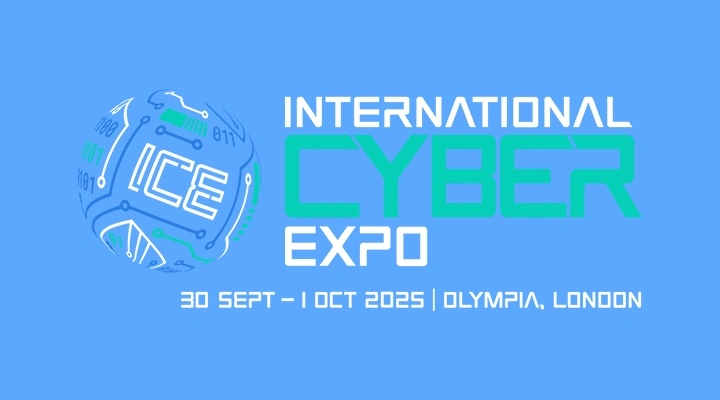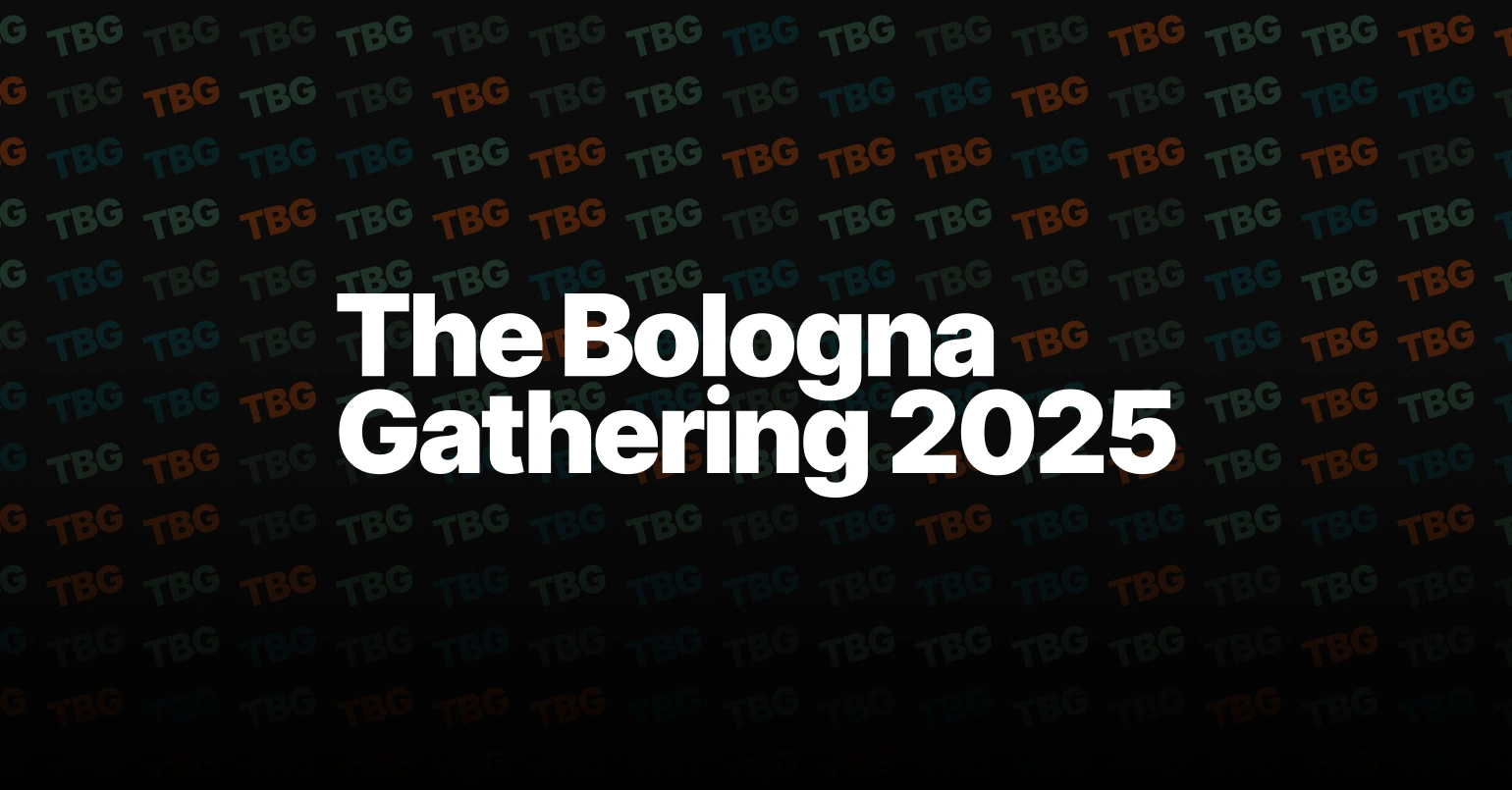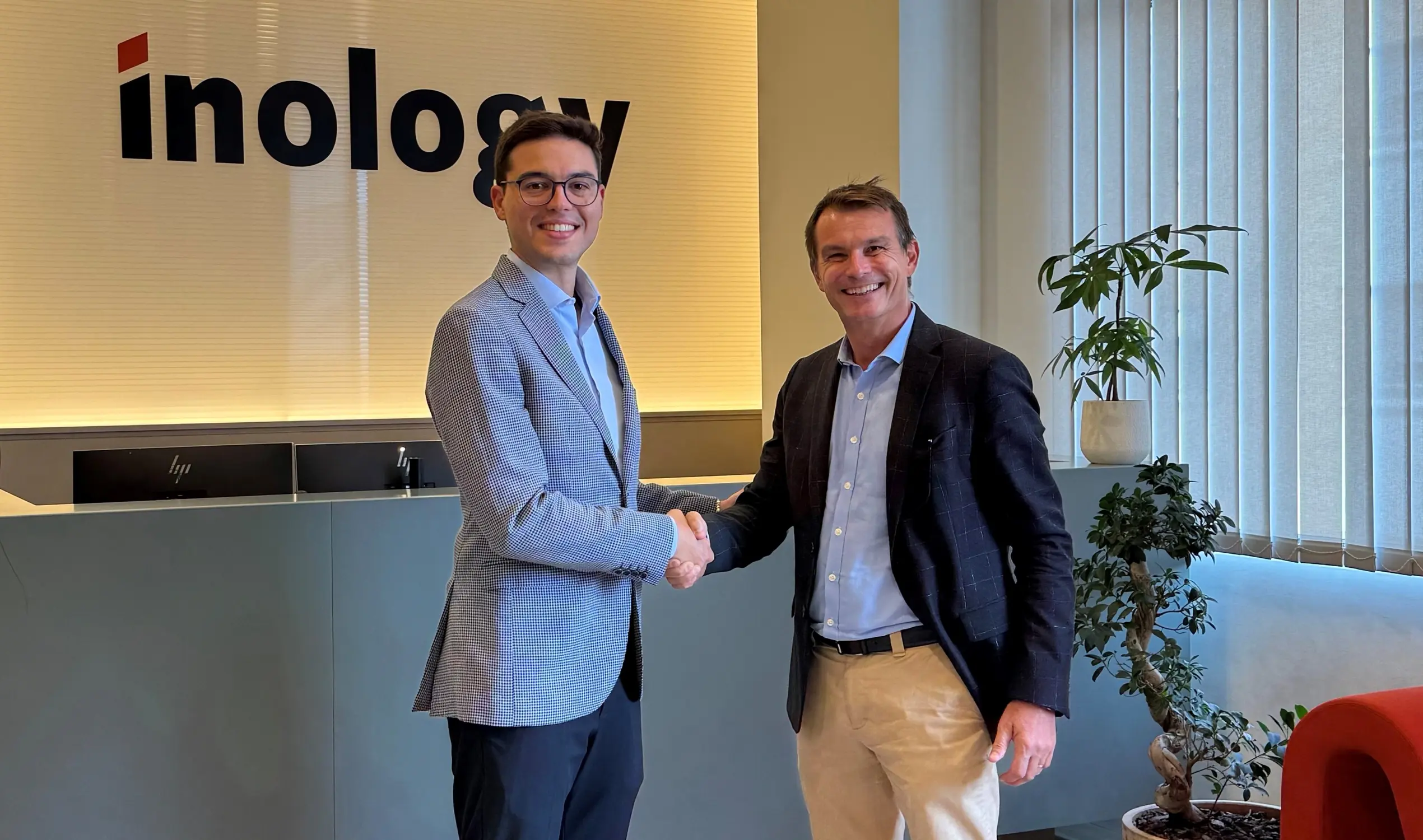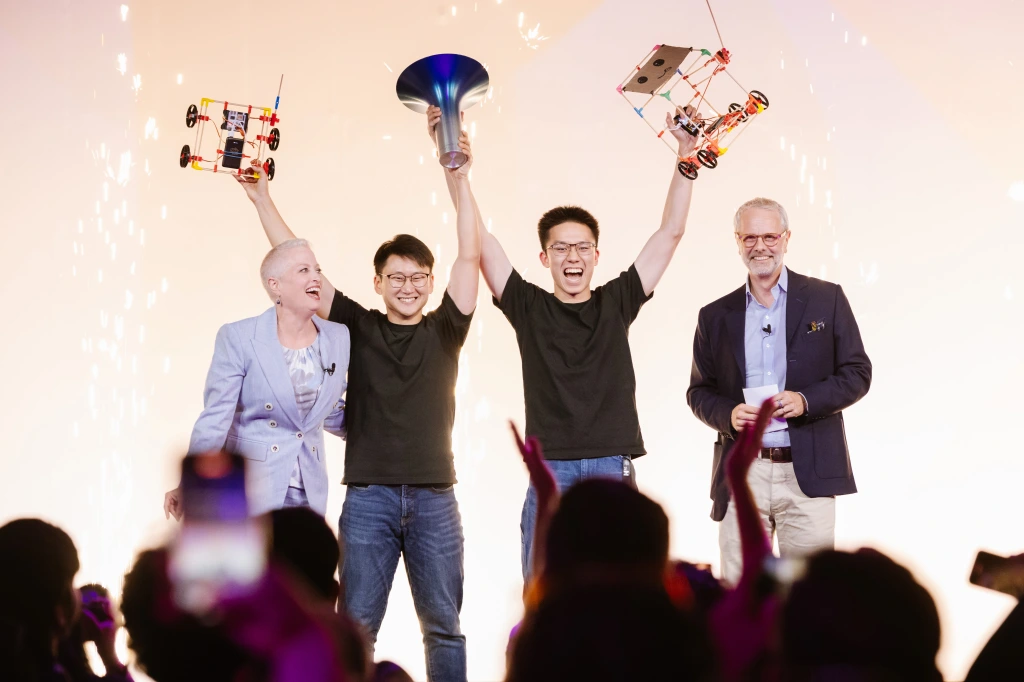Is your business ready to run on autopilot?

John E. Kaye
- Published
- Home, Technology, Uncategorized


To successfully automate your business, you must first
understand where it is going, says Greg Lavelle of Etellect
Recent surveys have shown that a typical business subscribes to over 20 Software as a Service (SaaS) platforms. It is fair to say that cloud computing has demonstrated substantial cost savings over the traditional centralised architectures, but these savings have generally been realised by consolidating infrastructure and reducing the need for expensive on-site server farms. The additional pressure to outsource IT operations has led to a boom in IT vendors, each offering a different flavour of software designed to optimise existing and generally well understood processes.
As SaaS platforms evolve, each promise more functionality in terms of automation, but with a corresponding increase in complexity and cost. However, there is some good news, as consolidation of operations across departments is now more attainable and generally a good place to start, but it’s clear that fundamental change is needed. The notion of subscribing to a plethora of disconnected platforms cannot be sustainable in the longer term, and it’s fair to say that overall IT expenditure is at an all-time high.
Much of the development emphasis of a typical SaaS solution, has been to optimise the interface to keep the human operator “in the loop”. Many marketing straplines talk of making software “beautiful” and the UX designers have done wonders in their quest to simplify the user journey. Where simplicity and ease of use have been key drivers for this change to date, there is now a trend towards empowering users to become the “digital citizens” of the future. This direction of travel promises to give operators more responsibility for setup and configuration and may even facilitate the creation of some high-level administrative workflows. However, although this upskilling is an attractive prospect for many, the sophistication offered by these toolkits is unlikely to have the necessary power or capability to enable the automation of complex business processes.
As automation software becomes more intelligent, the operational demands expected of the user will change considerably. It is inevitable that the next generation of business software will almost certainly take full ownership, or have direct responsibility, for the end-to-end business process. This is already happening, so what impact will this have on user interface design, if direct human interaction is significantly reduced or even required? A good analogy is the self-driving car. If the self-driving autopilot algorithm becomes demonstrably better and safer, in comparison with a human driver, then the logical outcome would be to permanently remove the steering wheel and pedals, as they would be redundant.
Make no mistake, the demand on business process automation software is no less complex than the example given. The truth is that creating reliable, fully autonomous processes in software is hard, and if anything, getting harder. Describing complex business processes, and the context in which they must operate, in enough detail to enable deep process automation maybe challenging, but it is achievable, and will happen. Clearly, this has some profound implications for the digital enterprise of tomorrow, as the decentralisation of critical data and processes through outsourcing to cloud-based SaaS platforms makes the move towards intelligent automation considerably more difficult and challenging, if not impossible.
Aligning humans and machines
Etellect is addressing these challenges today and applying intelligent continuous process automation to complex, real-world business processes. The eAutomate® platform (see Fig.1) runs on a Continuous Robotic Process Automation (CRPA) engine that operates at a much deeper level within the application architecture, and more importantly, is designed to take direct ownership and responsibility for process outcome. For this approach to work efficiently, there are fundamental changes needed to the solution architecture. As the ownership and responsibility for the process now lies with the machine, direct and immediate access to the underlying data and dynamic process knowledge becomes critical. In addition, having a single application responsible for capturing and executing the process logic and “intelligence” ensures operational accuracy and consistency across the application. The consequence of this approach means that the customer, or any user for that matter, would be interacting directly with the automated process logic, thus overall productivity of the entire solution becomes measurably better.
For intelligent process automation to be truly effective, its implementation should be fundamental to the architectural design of the solution itself and not treated as an afterthought or be a bolt-on to an existing CRM, ERP or SaaS solution. Only then will the relationship between humans and machines become aligned and the productivity gains anticipated be realised.
Looking forward, Etellect’s vision would be to give each enterprise a beautifully designed dashboard with a single button that simply says: “Autopilot On”.
The only question then remains, if you had access to such a button within your organisation, what continuous automated journey would you choose to go on, and how would you get there?
Further information
Sign up to The European Newsletter
RECENT ARTICLES
-
 Parliament invites cyber experts to give evidence on new UK cyber security bill
Parliament invites cyber experts to give evidence on new UK cyber security bill -
 ISF warns geopolitics will be the defining cybersecurity risk of 2026
ISF warns geopolitics will be the defining cybersecurity risk of 2026 -
 AI boom triggers new wave of data-centre investment across Europe
AI boom triggers new wave of data-centre investment across Europe -
 Make boards legally liable for cyber attacks, security chief warns
Make boards legally liable for cyber attacks, security chief warns -
 AI innovation linked to a shrinking share of income for European workers
AI innovation linked to a shrinking share of income for European workers -
 Europe emphasises AI governance as North America moves faster towards autonomy, Digitate research shows
Europe emphasises AI governance as North America moves faster towards autonomy, Digitate research shows -
 Surgeons just changed medicine forever using hotel internet connection
Surgeons just changed medicine forever using hotel internet connection -
 Curium’s expansion into transformative therapy offers fresh hope against cancer
Curium’s expansion into transformative therapy offers fresh hope against cancer -
 What to consider before going all in on AI-driven email security
What to consider before going all in on AI-driven email security -
 GrayMatter Robotics opens 100,000-sq-ft AI robotics innovation centre in California
GrayMatter Robotics opens 100,000-sq-ft AI robotics innovation centre in California -
 The silent deal-killer: why cyber due diligence is non-negotiable in M&As
The silent deal-killer: why cyber due diligence is non-negotiable in M&As -
 South African students develop tech concept to tackle hunger using AI and blockchain
South African students develop tech concept to tackle hunger using AI and blockchain -
 Automation breakthrough reduces ambulance delays and saves NHS £800,000 a year
Automation breakthrough reduces ambulance delays and saves NHS £800,000 a year -
 ISF warns of a ‘corporate model’ of cybercrime as criminals outpace business defences
ISF warns of a ‘corporate model’ of cybercrime as criminals outpace business defences -
 New AI breakthrough promises to end ‘drift’ that costs the world trillions
New AI breakthrough promises to end ‘drift’ that costs the world trillions -
 Watch: driverless electric lorry makes history with world’s first border crossing
Watch: driverless electric lorry makes history with world’s first border crossing -
 UK and U.S unveil landmark tech pact with £250bn investment surge
UK and U.S unveil landmark tech pact with £250bn investment surge -
 International Cyber Expo to return to London with global focus on digital security
International Cyber Expo to return to London with global focus on digital security -
 Cybersecurity talent crunch drives double-digit pay rises as UK firms count cost of breaches
Cybersecurity talent crunch drives double-digit pay rises as UK firms count cost of breaches -
 Investors with €39bn AUM gather in Bologna to back Italy’s next tech leaders
Investors with €39bn AUM gather in Bologna to back Italy’s next tech leaders -
 Axians and Nokia expand partnership to strengthen communications infrastructure across EMEA
Axians and Nokia expand partnership to strengthen communications infrastructure across EMEA -
 Forterro buys Spain’s Inology to expand southern Europe footprint
Forterro buys Spain’s Inology to expand southern Europe footprint -
 Singapore student start-up wins $1m Hult Prize for education platform
Singapore student start-up wins $1m Hult Prize for education platform -
 UK businesses increase AI investment despite economic uncertainty, Barclays index finds
UK businesses increase AI investment despite economic uncertainty, Barclays index finds -
 Speed-driven email security: effective tactics for phishing mitigation
Speed-driven email security: effective tactics for phishing mitigation



